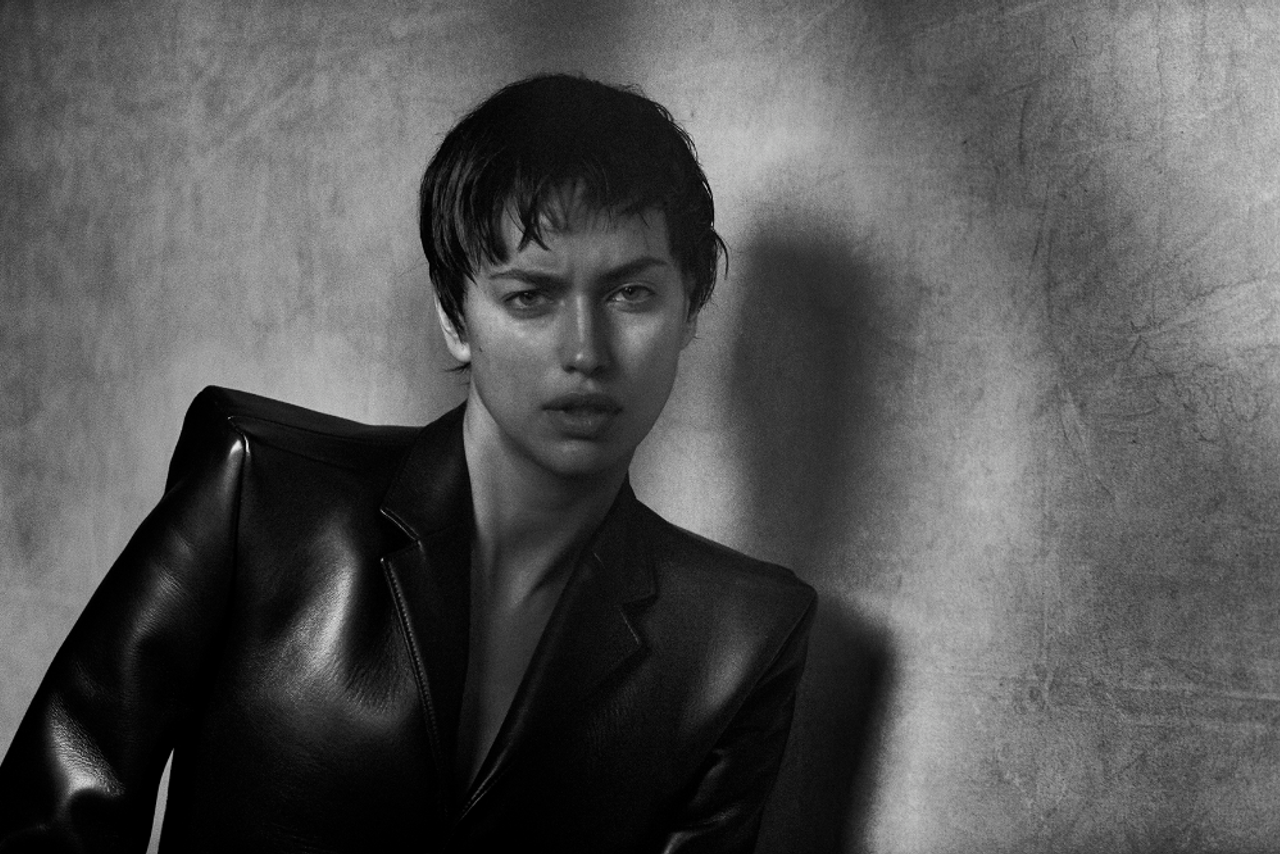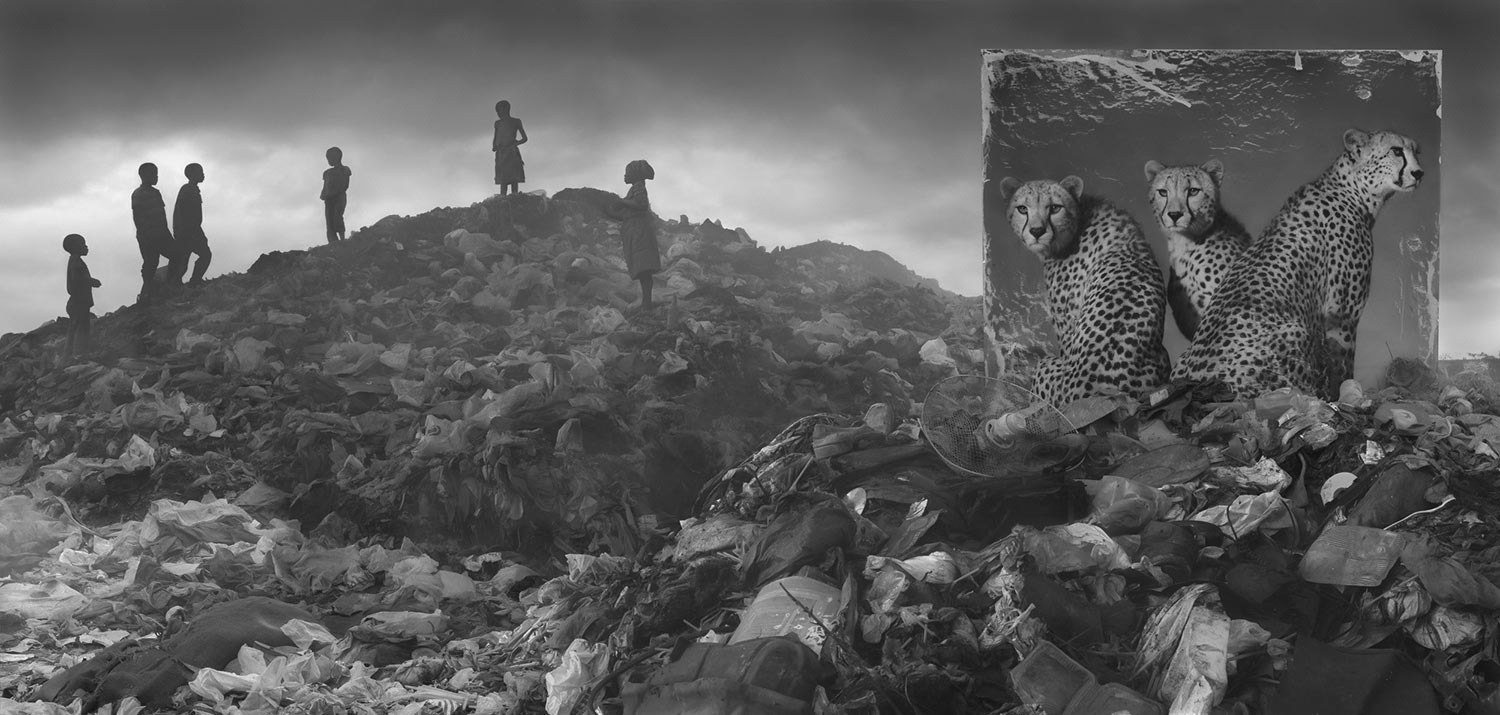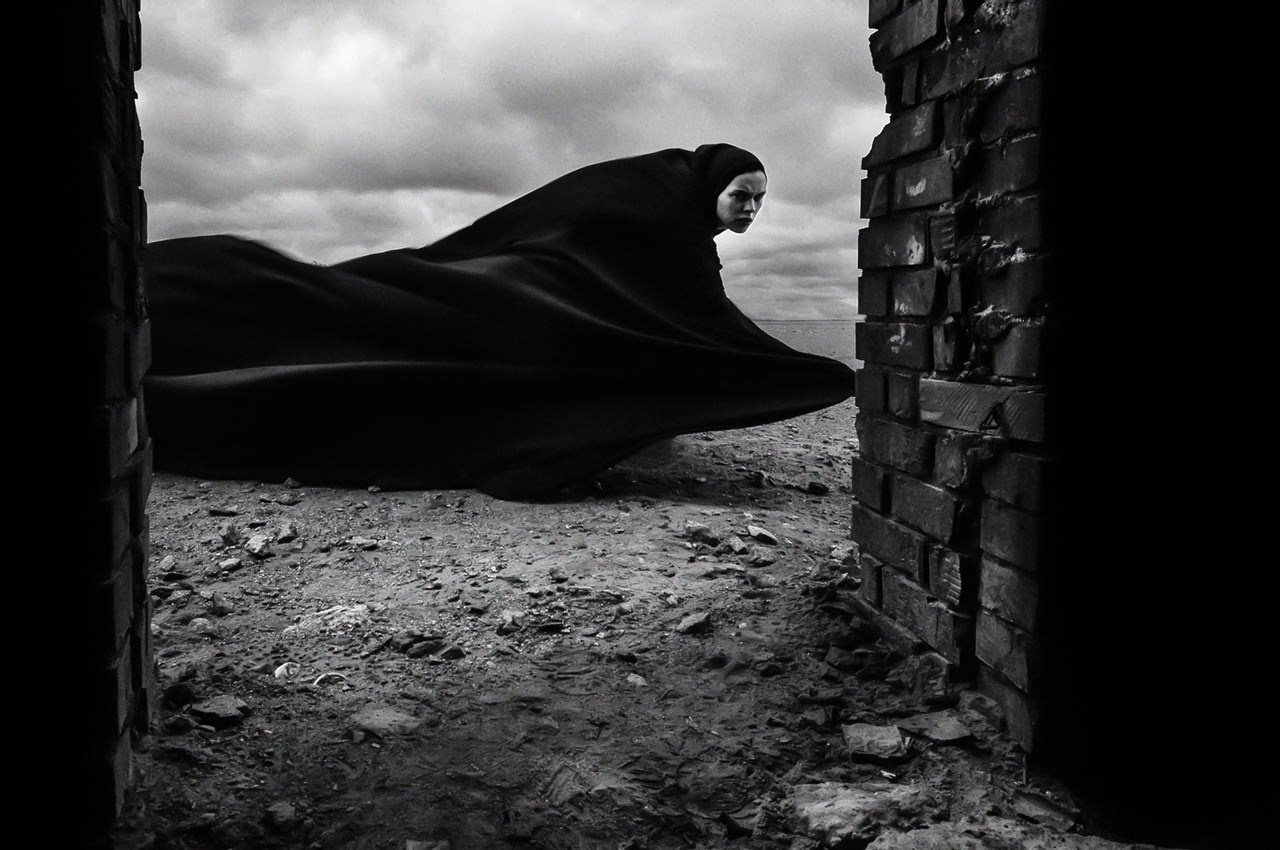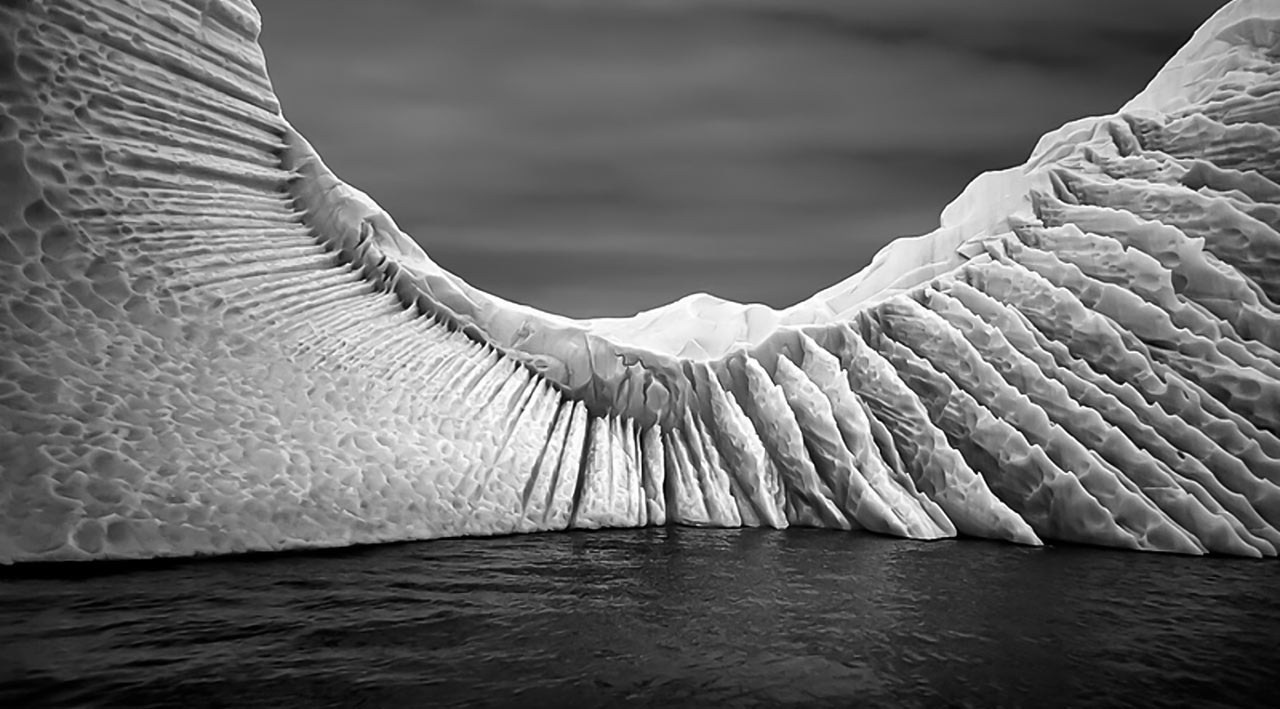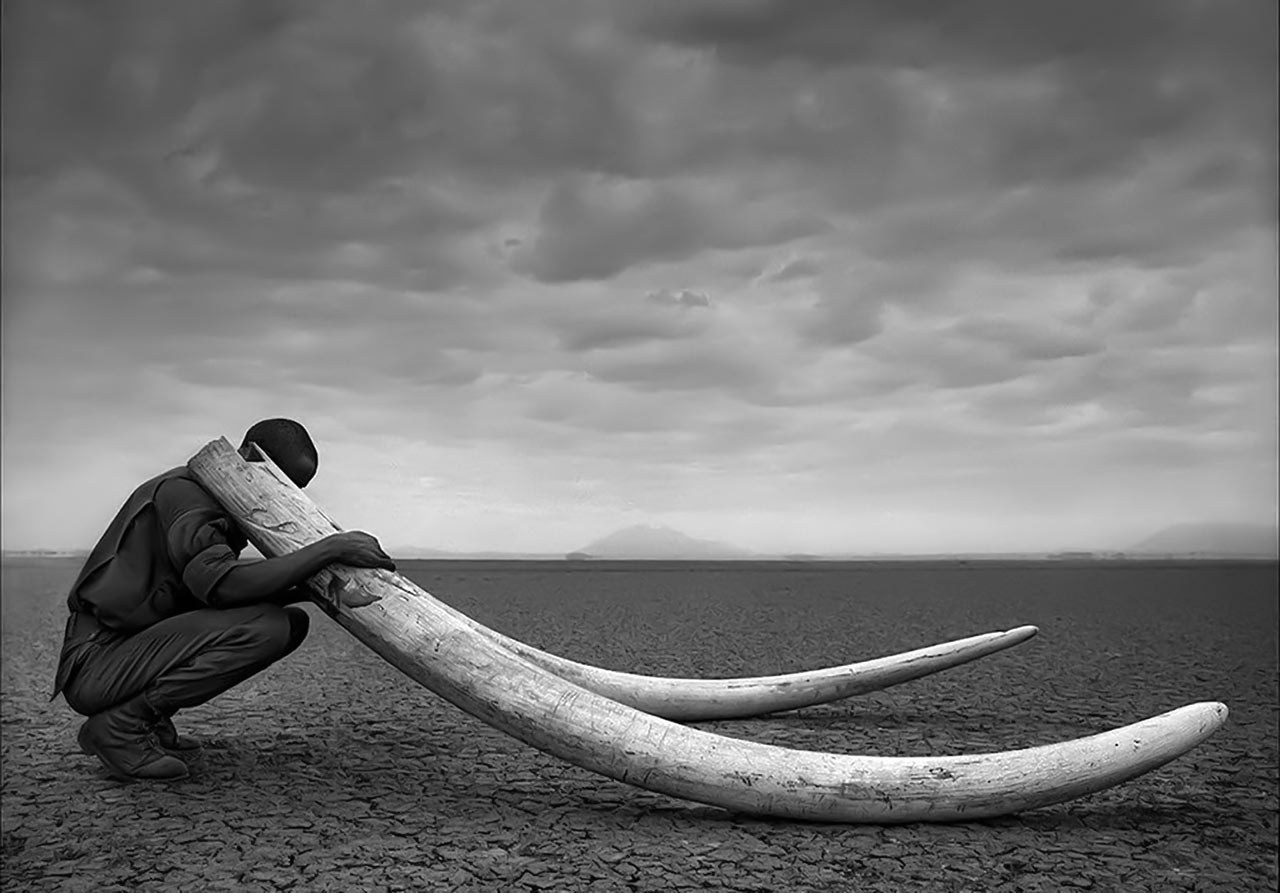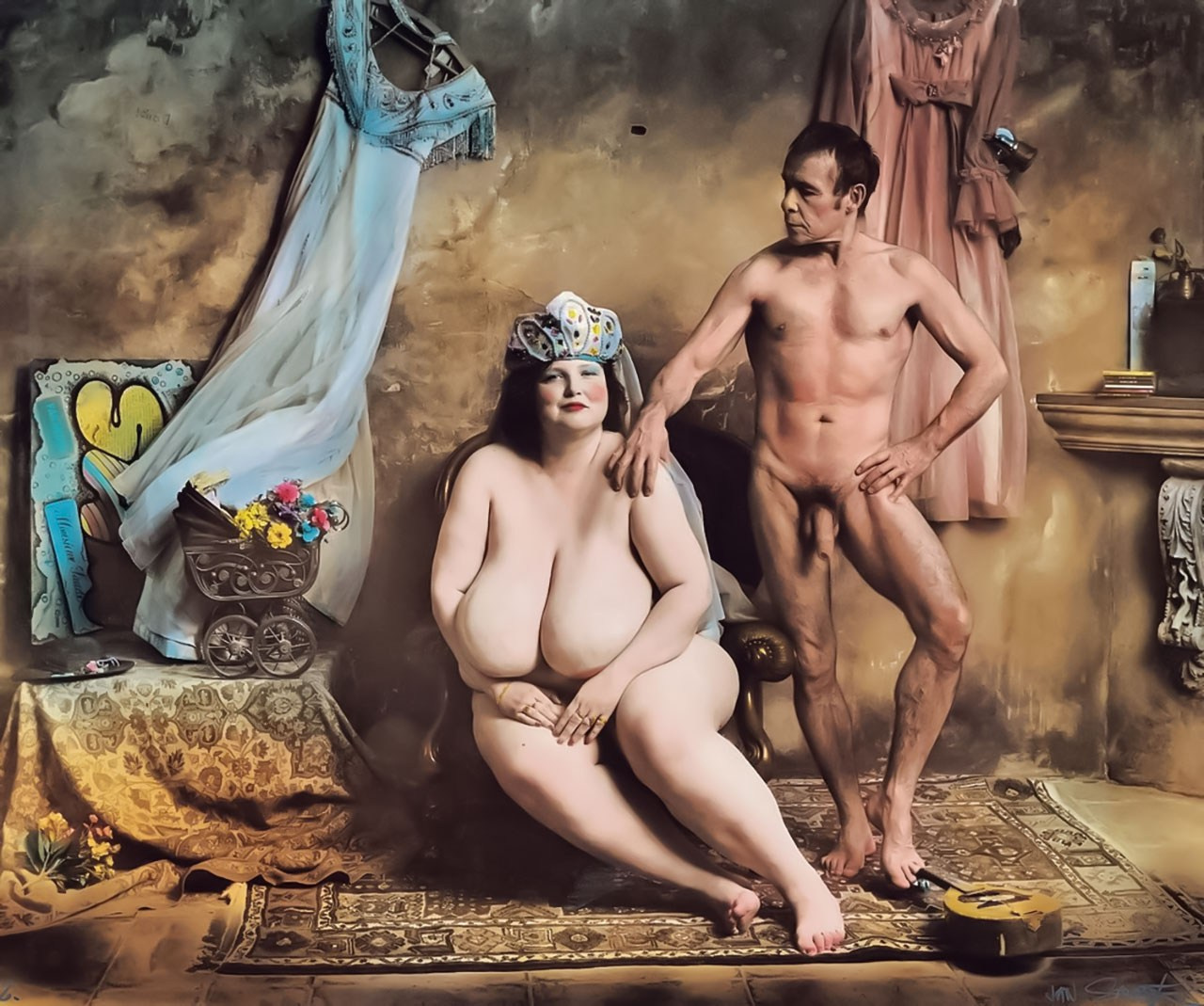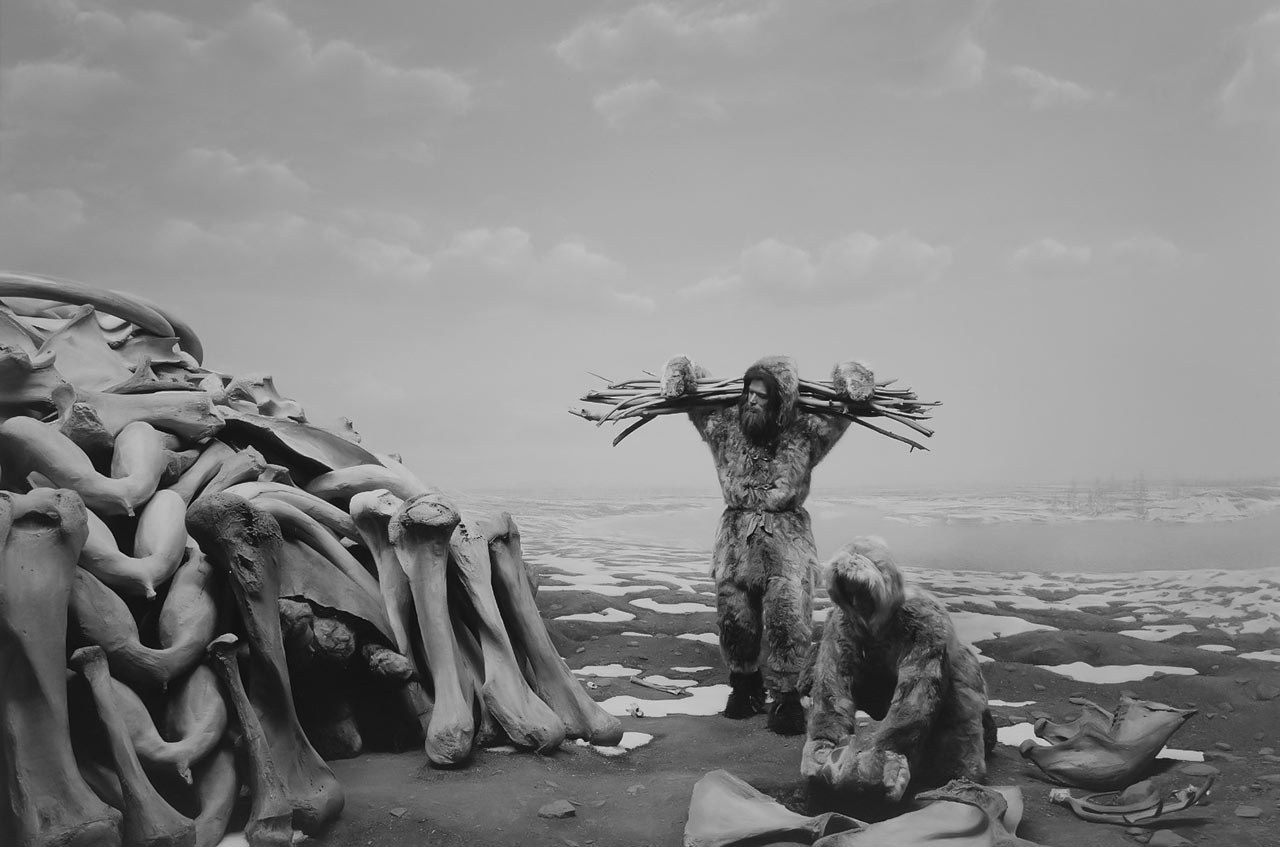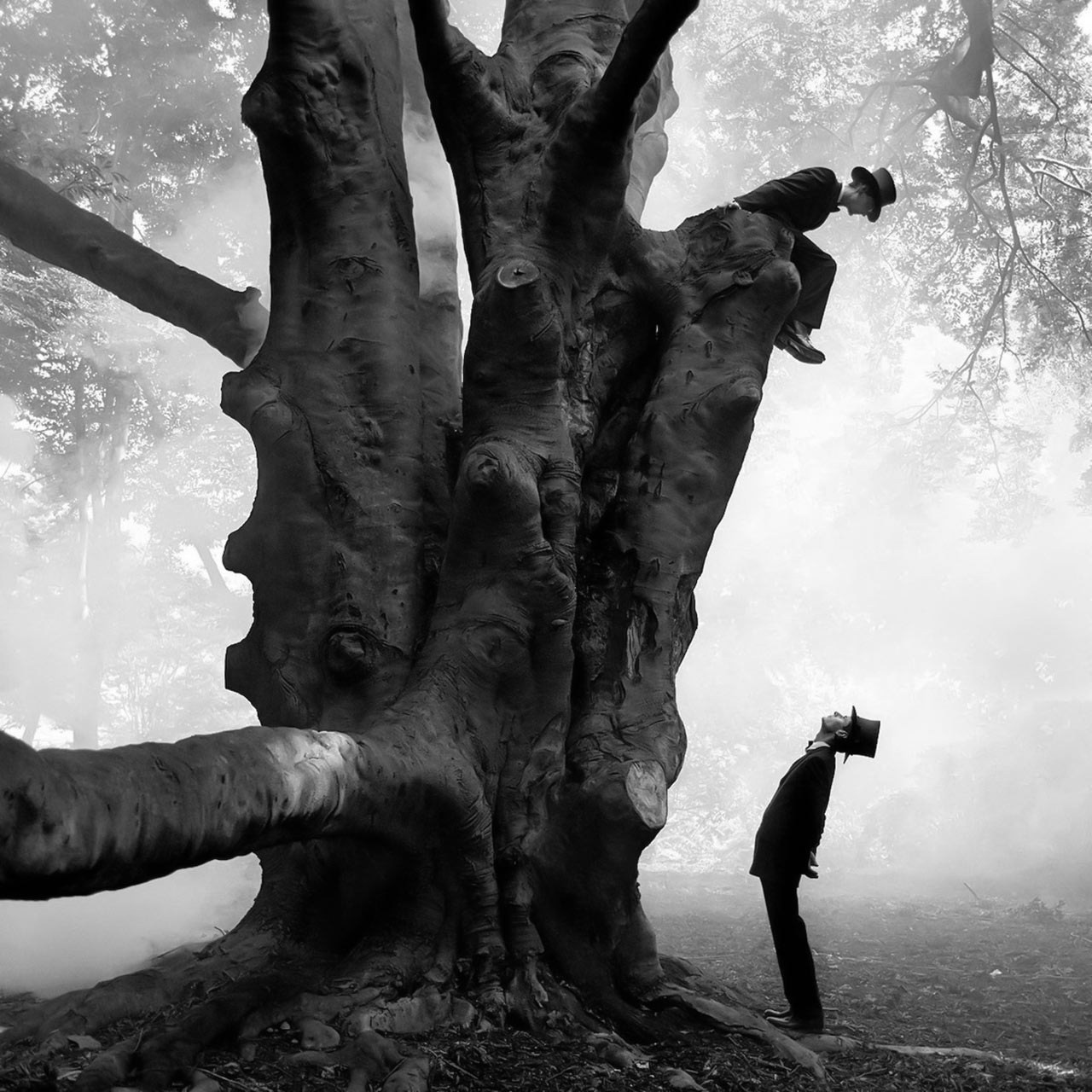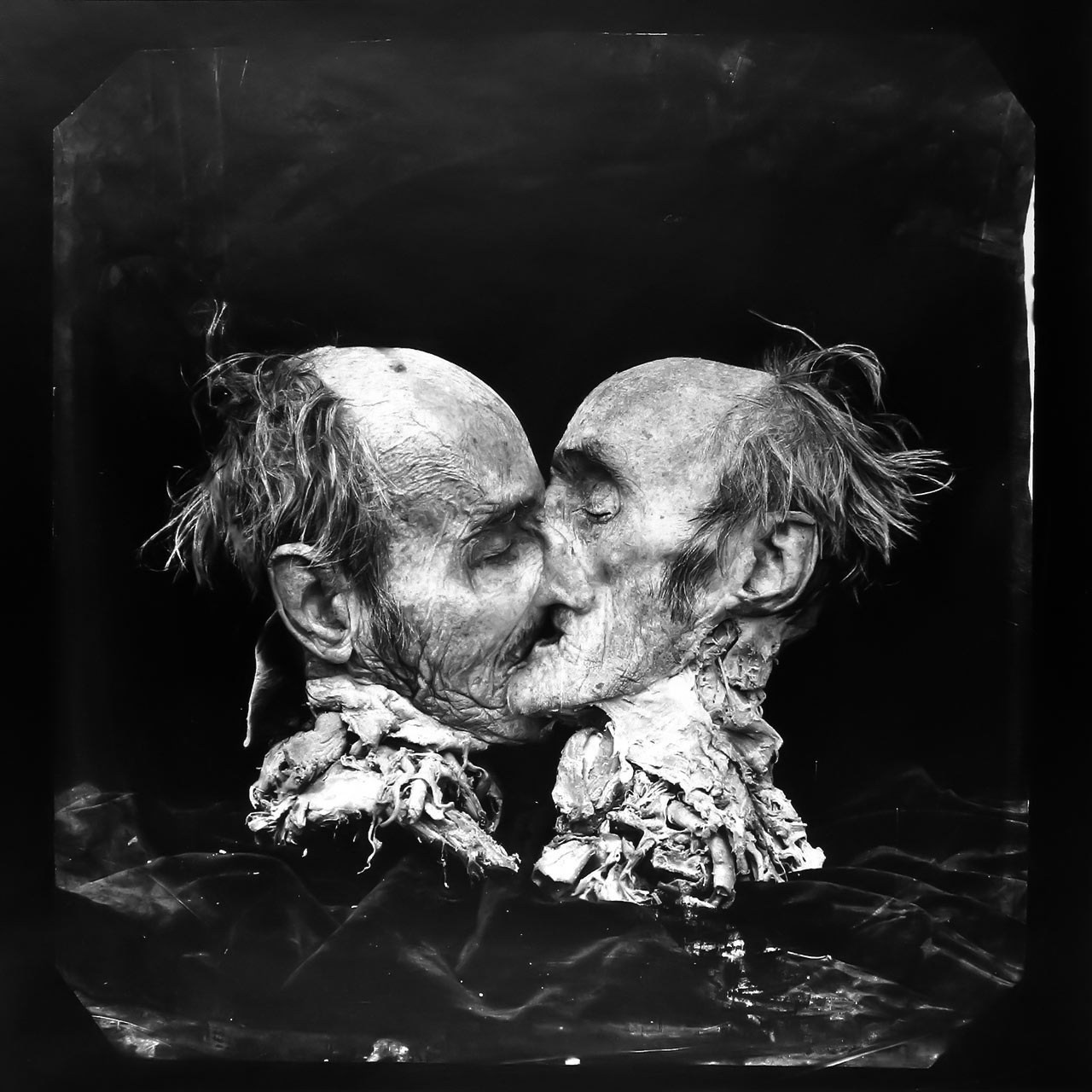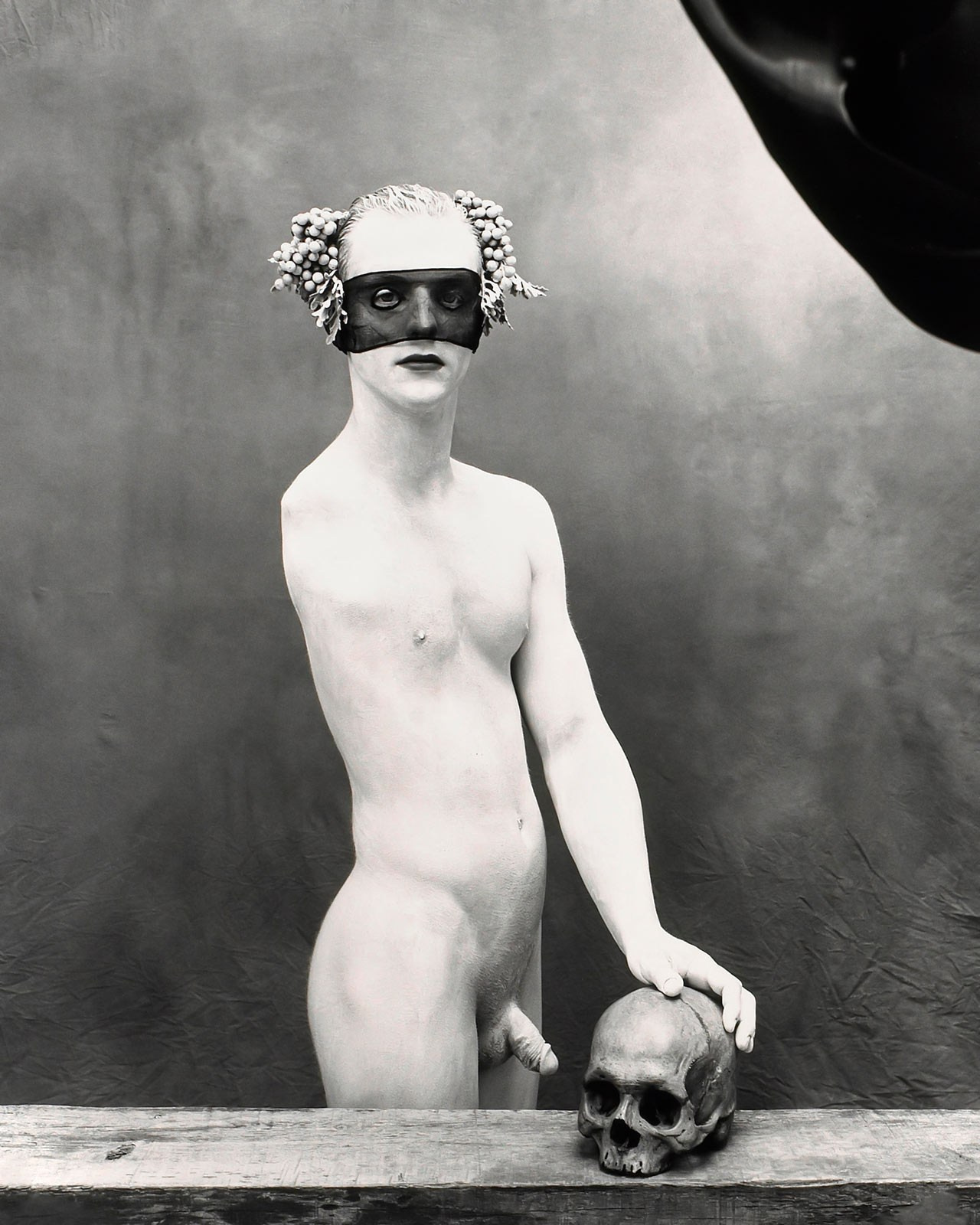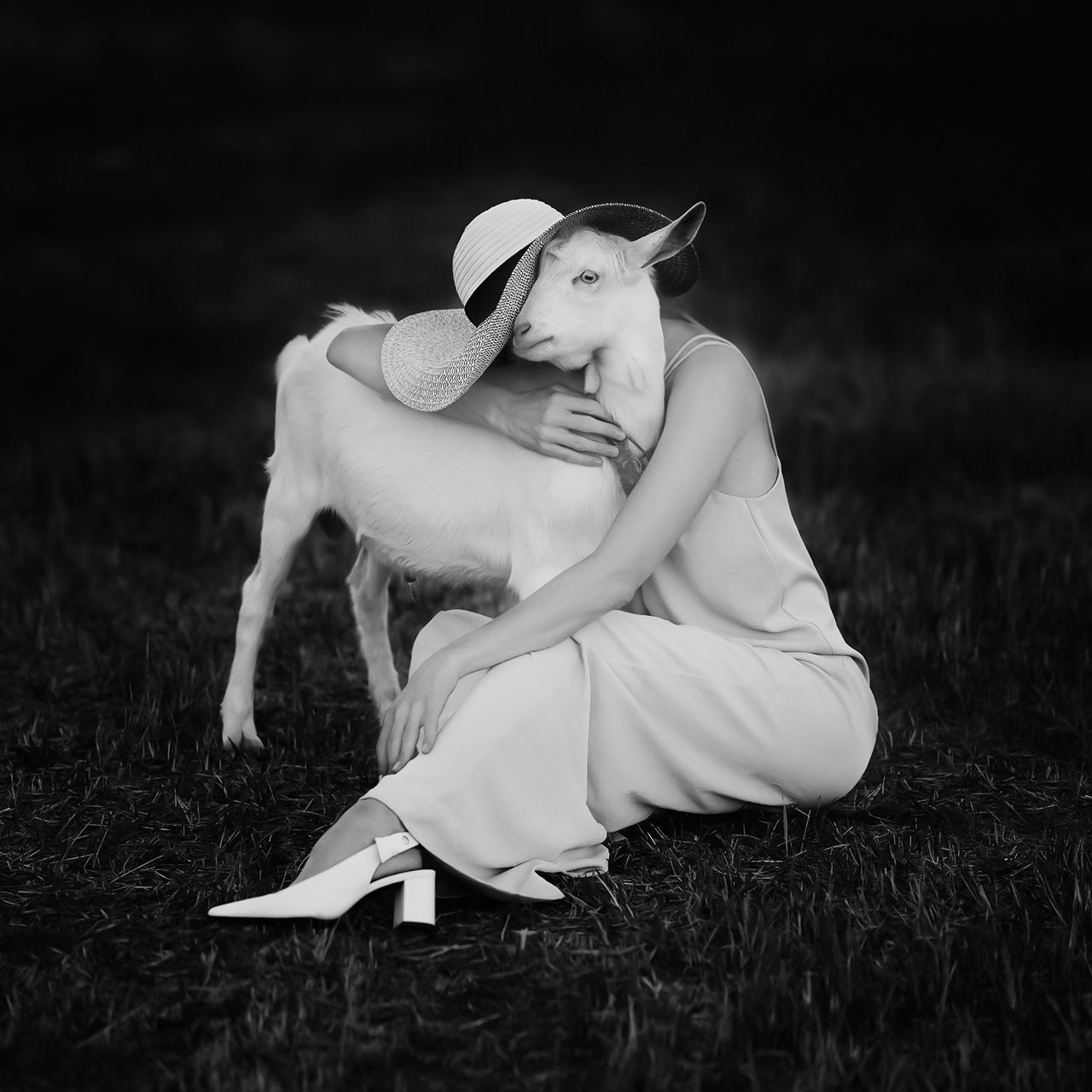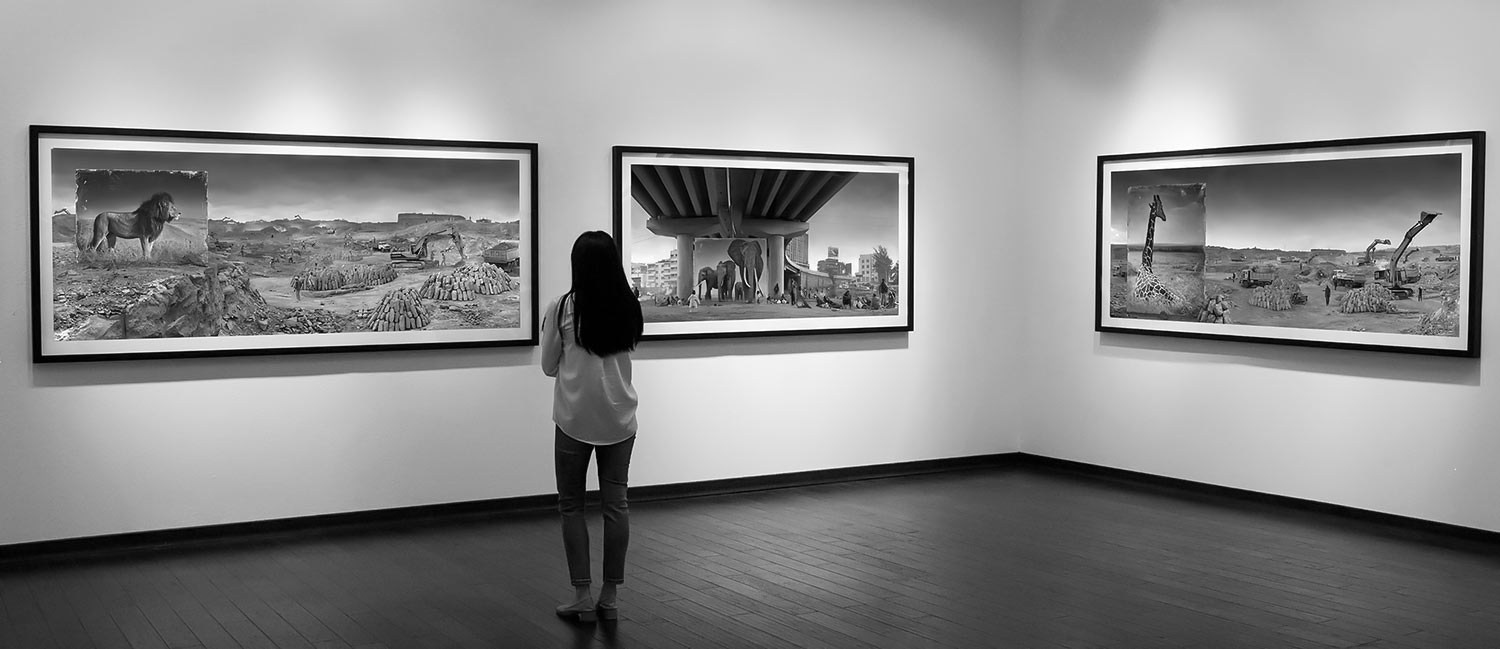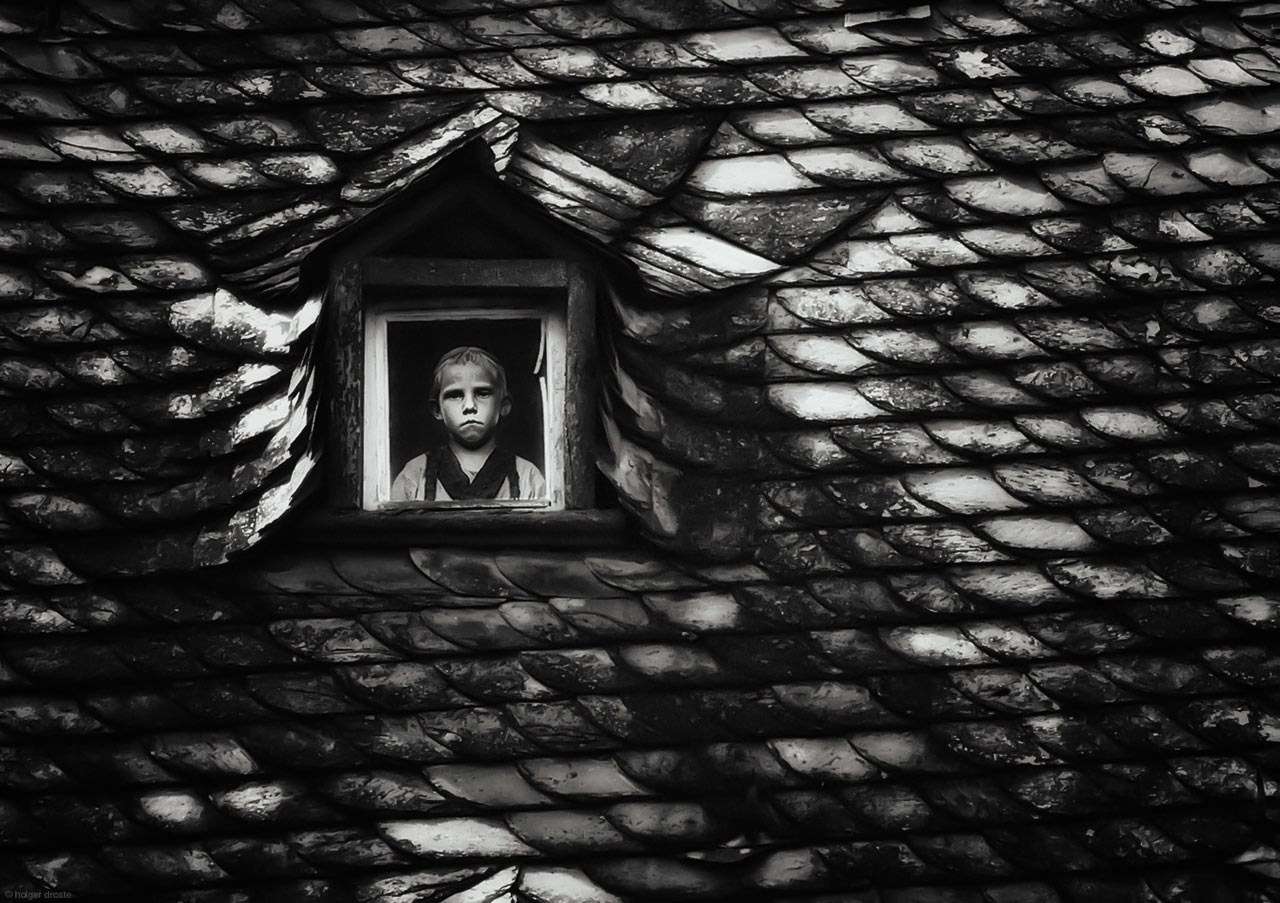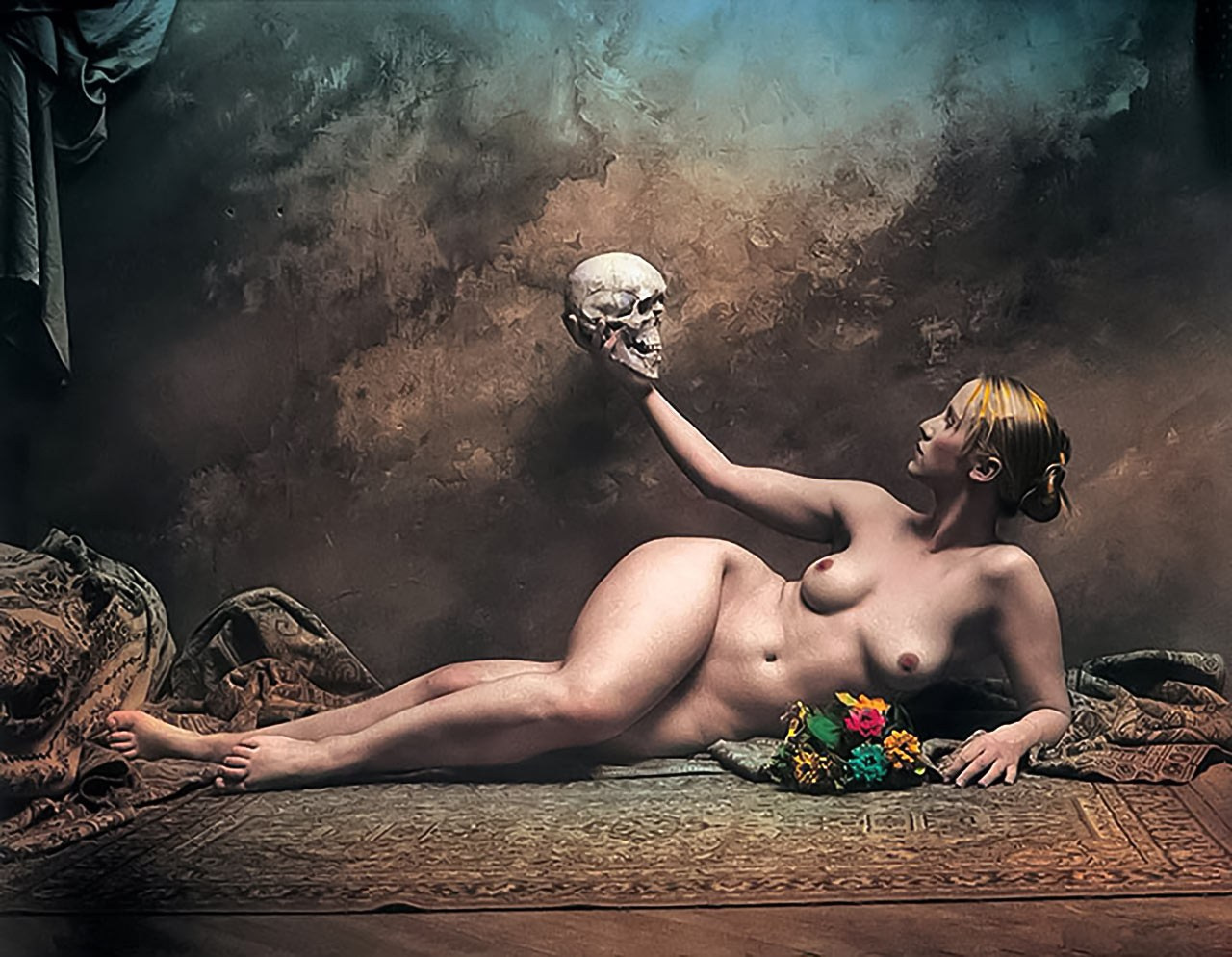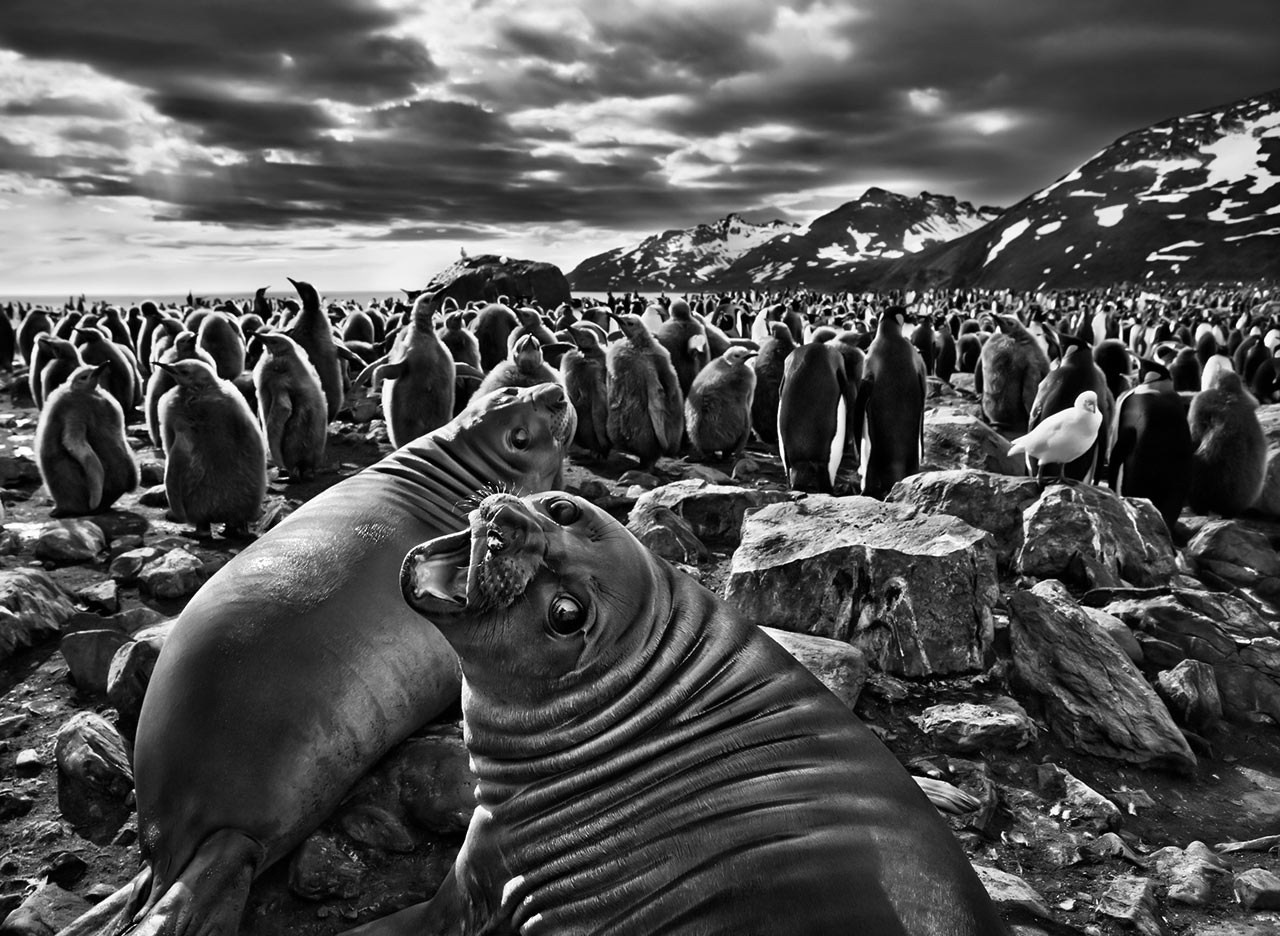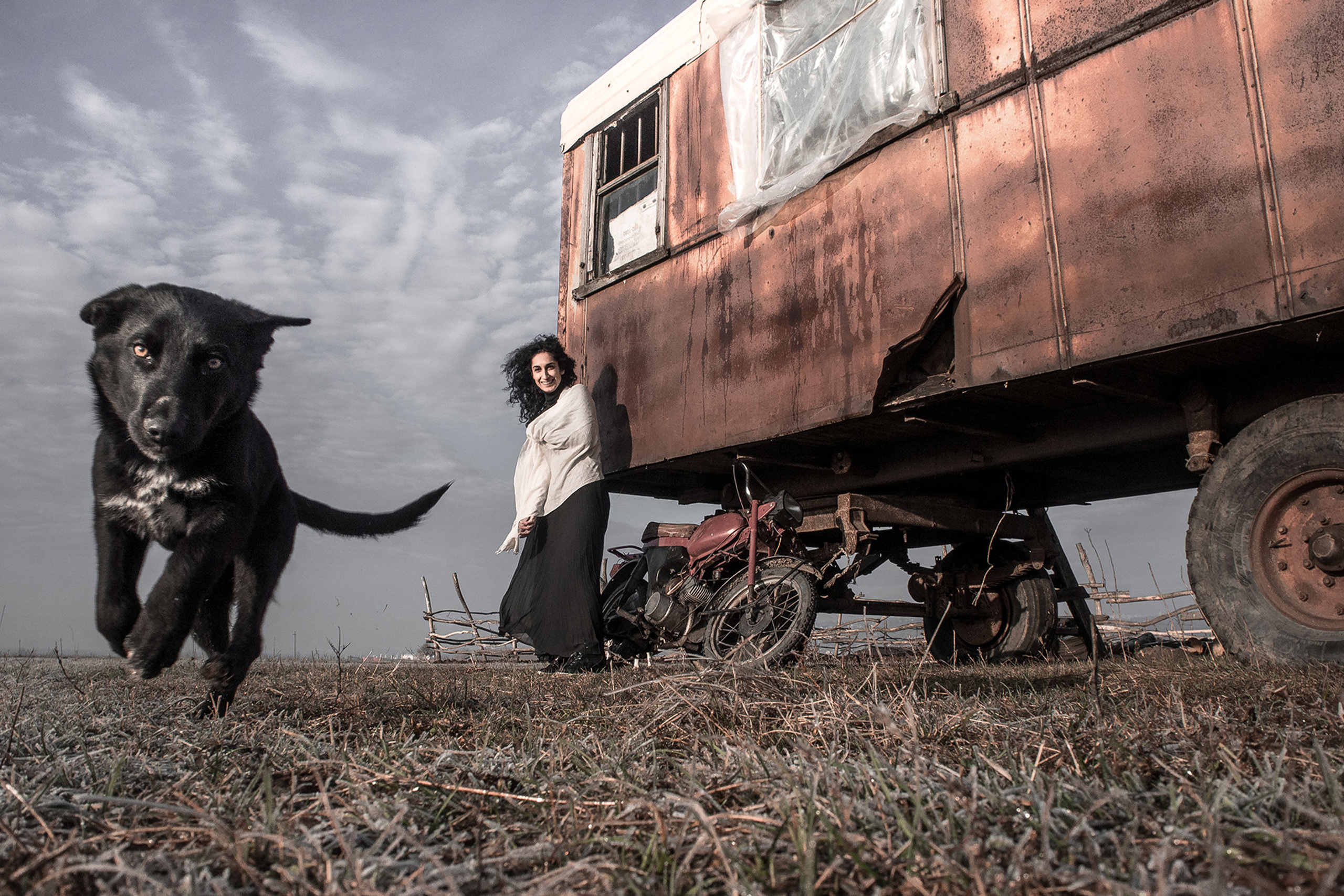Художественная фотография — это форма искусства, где фотограф выступает как художник, использующий фотографию для творческого самовыражения. Цель художественной фотографии заключается в мгновенной передаче зрителю идей, эмоций и посланий через изображения.
Художественная фотография — данное название многие фотографы используют для того, чтобы поднять значимость своих работ, пытаясь продать их через галереи. Но что такое художественная фотография в реальности? В этой статье я исследую мир художественной фотографии, простыми словами постараюсь объяснить, что это такое, и с чего следует начать молодому фотографу, если он хочет выбрать этот путь развития.
Видение фотохудожника
Основной критерий, который отличает эту фотографию от других, заключается в том, что художественная фотография — это не констатация реальности. Изобразительное искусство отходит от документальной фотожурналистики и основывается в первую очередь на художнике и на том, что художник видит в своем внутреннем «я», существе и мире. Истинная художественная фотография полностью выражает чувства и видение автора, демонстрируя, что она была создана художником, а не фотокамерой.
Таким образом, мы пришли к ядру художественной фотографии — видению фотохудожника. Все дело в послании и чувствах, которые должен испытывать зритель, увидев этот художественный образ. Многие фотохудожники в определенный момент своего творчества мучались с поиском своего видения и вдохновения, и если вы испытываете подобные чувства, не беспокойтесь, вы на правильном пути, через это проходят все фотохудожники. Видение — что это с точки зрения искусства? Искусство — это выражение себя. Чтобы вы могли выразить себя, вы должны понимать, что вы хотите выразить, осознавать это, демонстрируя зрителю в виде послания.
Искусство создания художественных фотографий
Итак, с чего начинается фотоискусство? Во-первых, вам необходимо создать уникальный проект с вашим творческим видением и личным стилем. Данный проект должен состоять из серии изображений, которые будут объединены единой темой. Но порой даже одного изображения достаточно, чтобы рассказать историю и глубокий смысл послания автора. Чтобы художник оказал влияние на мир изобразительного искусства, ему необходимо работать в течение долгого периода времени, с последующим выходом в мир фотоискусства высокого уровня. В идеале ваша работа должна быть настолько впечатляющей и мощной, чтобы любой, кто её просматривает, сказал, что вы художник, без необходимости подписи вашей работы.
Современный мир наводнен потенциальными фотографами изобразительного искусства. Но как вам выделиться в этой толпе? Ваш талант, трудолюбие, самокритика, наставничество, советы от других художников и уверенность в своих силах.
Jörg Heidenberger
Художественная фотография — это сложная ниша, и никакая книга, ни одна фотошкола не смогут научить вас лучше, чем вы сами, путём изучения работ предыдущих мастеров, анализа их творческой работы и разбивки изображений на основные составляющие — но чрезвычайно важно никогда не копировать. Сошлюсь на свои мысли из интервью 2019 года, данного для Rosphoto.com: «Как быть? Смотреть чужие работы фотографов? Пытаться повторить? Большинство скажут, что повторять — правильный путь, но все понимают, что мнение большинства порой ошибочно, и прежде всего потому, что мнение это не своё. Копируя или переснимая, ты не делаешь ничего нового, оригинального, а если ты не делаешь ничего оригинального, то ты ничего не делаешь!» Кому-то мои слова покажутся слишком деспотичными, но вы, как истинный художник, должны держать себя в жёстких рамках.
Elena Haritonova
В процессе обучения и поиска вдохновения не останавливайтесь на фотографах — учиться можно, визуализируя композиции, используемые в кинематографе, архитектуре и скульптуре. Цель состоит не в том, чтобы переосмыслить то, что сделали другие мастера фотографии, даже если это может быть полезно для вас, но лишь тогда, когда вы только начинаете. Цель состоит в другом: дать вашему разуму вдохновение, дать вам мотивированную идею, которая будет вашей, которая лучше всего подойдет вашему индивидуальному стилю художника, ссылаясь на ваш жизненный опыт, делающий вас художником, которым вы скоро станете. Для начала взгляните на художественных фотографов: Анселя Адамса, Себастьяна Сальгадо, Ника Брандта, Яна Саудека, Хироси Сугимото, Родни Смита и, наконец, Джоэла-Питера Уиткена. Для меня это мастера фотоискусства. Все они привнесли в фотографию что-то новое и захватывающее.
Примеры и авторы художественной фотографии
Ansel Adams
Sebastião Salgado
Nick Brandt
Jan Saudek
Hiroshi Sugimoto
Rodney Smith
Joel-Peter Witkin
Выход из своей зоны комфорта
Независимо от вашего жанра фотографии, вы всегда должны быть открыты для чего-то нового. Переход на другой стиль съемки заставит вас мыслить нестандартно и выйти из зоны комфорта. Именно поэтому в своей творческой работе я практикую разные стили, это дает мне возможность переключиться и получить необходимые мне эмоции в других образах. Один из способов бросить себе вызов — это начать снимать в другом жанре, чем тот, к которому вы привыкли. Изменение способа съемки или жанра может быть немного неудобным, но это привлечет внимание к вещам, о которых вы не знали при съемке в вашей привычной зоне комфорта.
Joel-Peter Witkin
Подготовка ваших фотографий для мира изобразительного искусства
Теперь, когда вы определили своё видение и начали создавать художественные проекты, для вас важно показать свою работу зрителю. В настоящее время для художника один из важных помощников и инструментов является доступ через Интернет к вашему сайту художественной фотографии, а также любые социальные сети будут иметь важное значение.
Печать художественной фотографии
Далее, изучите искусство печати фотографии. Последние 10 лет большинство цифровых изображений просто отображаются в интернете. Сегодня печать, похоже, отошла на второй план, но до этого времени аналоговая плёнка обрабатывалась и чаще всего печаталась. Печать не так сложна, как кажется на первый взгляд, и она должна быть конечной точкой процесса производства и распространения изображений каждым фотографом изобразительного искусства. Способ печати и выбор бумаги — это глубоко личный выбор, а серебряно-желатиновая и платиново-палладиевая печать особенно привлекательна для фотографов изобразительного искусства. Ознакомьтесь с искусством печати или воспользуйтесь услугами профессионального принтера, который приспособлен к печати изобразительного искусства на бумагах архивного хранения и музейного качества, например, бумаги Hahnemuhle.
Заявление художника
Сформулируйте в словах свои художественные произведения. Написание вашего заявления как художника поможет вам сформировать свои идеи и выразить их понятным языком. Когда зритель идёт в галерею, он увидит вашу работу и задастся вопросом, о чём она, поэтому он ищет заявление художника. Это поможет зрителю выяснить, каковы были намерения художника при создании художественного произведения.
Свой личный проект «Диалог двух миров» я показываю черно-белым, так как это язык моего внутреннего видения, без цветных прикрас. Черно-белая фотография уводит зрителя далеко от реальности и вызывает вневременные, таинственные образы, и через неё я могу полностью выразить своё видение. Для меня важно отсутствие привязки ко времени в моих фотографиях.
Mikhail Potapov
Галерея для художественной фотографии
Разместите ваши работы в галерее изобразительного искусства. Как только ваша работа будет завершена и готова к показу всему миру, вы, скорее всего, захотите найти галерею для выставки этого искусства. Найдите галерею, которая подходит вам, вашему результату и вашим целям. Исследуйте галереи задолго до того, как вы подойдете к ним, так как не каждая галерея хорошо подходит для вас или вашего стиля художественной фотографии. Не все галереи также заинтересованы в художественной фотографии, поскольку у каждой галереи и галериста есть своя эстетика и интересы. Также чрезвычайно важно заранее развивать отношения с галереей, в которой вы хотите выставляться, поэтому не ждите, что вас будут искать. Но надо понимать, что галерея сама решает, когда есть достаточный интерес к работам конкретного фотографа изобразительного искусства.
Вам понадобится много лет, чтобы стать именем нарицательным в кругах фотографии и изобразительного искусства, и за определенным порогом цены печати коллекционеры покупают репутацию вашего имени, помимо самой печати — и это требует многих лет напряженной работы. Годы публикаций книг, проведения выставок и завоевания уважения критиков и фотографического сообщества, так что, когда коллекционер видит ваши отпечатки на стене галереи, он понимает все, что стоит за именем художника.
Nick Brandt
Убедитесь, что у вас есть своя аудитория, чтобы привести её в галерею. Это то, что вы можете создать сами, особенно с помощью онлайн-инструментов. Создавайте списки рассылки и следите за людьми, которые проявляют интерес к вашей работе. Художник всегда должен создавать свою собственную аудиторию и иметь возможность контролировать её. После того как вы установили отношения с галереей, узнайте, каковы правила представления в галерею. Не нарушайте правила в этом вопросе и подготовьте свой материал, включая высококачественные изображения, которые содержат название и размеры работы. Когда вы начнете выставляться в галерее, у вас должно быть солидное онлайн-портфолио, а также печатная копия, ваша биография, резюме и заявление художника. У вас должен быть свой собственный сайт, это важно и является признаком вашего профессионализма.
Большинство галерей ожидают комиссию от 40 до 60%, поэтому для привлечения клиентов и продвижения вашей работы платите свои комиссионные вовремя. Заранее договоритесь о том, что галерея будет делать для вас с точки зрения связей с общественностью и маркетинга в ходе переговоров с покупателем. Если они получают высокий процент, вы должны убедиться, что они его зарабатывают. Вы должны знать, что они делают, чтобы убедиться, что ваши творческие фотографии будут показаны перед потенциальными покупателями, а не просто зрителями. При этом не забывайте, что вы тоже должны внести свой вклад для привлечения нужных людей.
Holger Droste
Жанр художественной фотографии — непростой, и, путешествуя по этой отрасли, важно всегда помнить, что неудача временна. Неспособность попасть в галерею просто означает, что на этот раз ничего не вышло. Не принимайте это на свой счёт, не позволяйте никому отговаривать вас от ваших целей. Выясните, что пошло не так, что вы могли бы сделать лучше, извлеките уроки из опыта, адаптируйтесь, улучшайте и повторяйте. Развивайте дополнительный заработок. Например, как портретный фотограф, или проводите рекламные съемки для брендов. Фриланс позволяет вести параллельную карьеру профессионального фотографа, поэтому не ограничивайтесь только продажами своих отпечатков, не забывайте про доход от коммерческих фотосъёмок. Важно обеспечить себя финансово и получать доход от своей фотокамеры, это даст вам свободу и время для работы над вашими личными проектами.
Jan Saudek
Оценка изобразительного искусства
Знайте свою цену! Когда вы оцениваете свои художественные фотографии, не будьте жадными. Изначально вам нужен импульс и экспозиция, а не деньги. Вы хотите, чтобы коллекционеры покупали вашу работу и распространяли информацию, — установка цены в сотни тысяч рублей в первый год не принесет вам никаких продаж или положительных отзывов. Действуйте профессионально с самого начала. Относитесь к отпечаткам своего фотоискусства с уважением, печатайте их профессионально, ограничивайте тираж и придерживайтесь его (например, ограниченный тираж до 12 экземпляров или менее). Если вы приняли решение продавать свои авторские картины, важно следить за качеством отпечатков и выбирать свою целевую аудиторию внимательно. Всегда отвечайте на корреспонденцию быстро и будьте вежливы со своей аудиторией.
Вспомните, что заставило вас прийти в художественную фотографию. У каждого из нас есть уникальная причина, по которой мы пришли в фотографию, и ещё одна причина, по которой мы её придерживаемся. Вспомните, какое событие привлекло вас тогда, чтобы вы могли возродить эту любовь и вернуться к энтузиазму, который вы чувствовали вначале.
Описываю свой личный опыт: фотография вошла в мой мир в тот момент, когда возникло желание уйти от прежнего образа существования. Надоело жить потребительской жизнью, ничего не производя лично! Фотоискусство затянуло меня в свой творческий круговорот, кардинально изменило мои интересы и мировоззрение. И впоследствии моих ценностей стало меньше, но выделились фундаментальные.
Заключение
Художественная фотография — очень важный жанр в фотографии, и он не должен казаться пугающим или недоступным. Вы не должны бояться предстоящих трудностей, которые будут возникать с вами в процессе. «Творческая жизнь затягивает в свой круговорот, меняет мировоззрение, интересы и ценности. Дает удовлетворение и восторг от результата, когда ты на пике своих возможностей. А если результата нет, то все происходит с точностью до наоборот — творческая жизнь истощает». Это потребует от вас упорного труда, самоотверженности, но конечный результат находится в пределах досягаемости, и ваш труд будет вознагражден.
Журнал
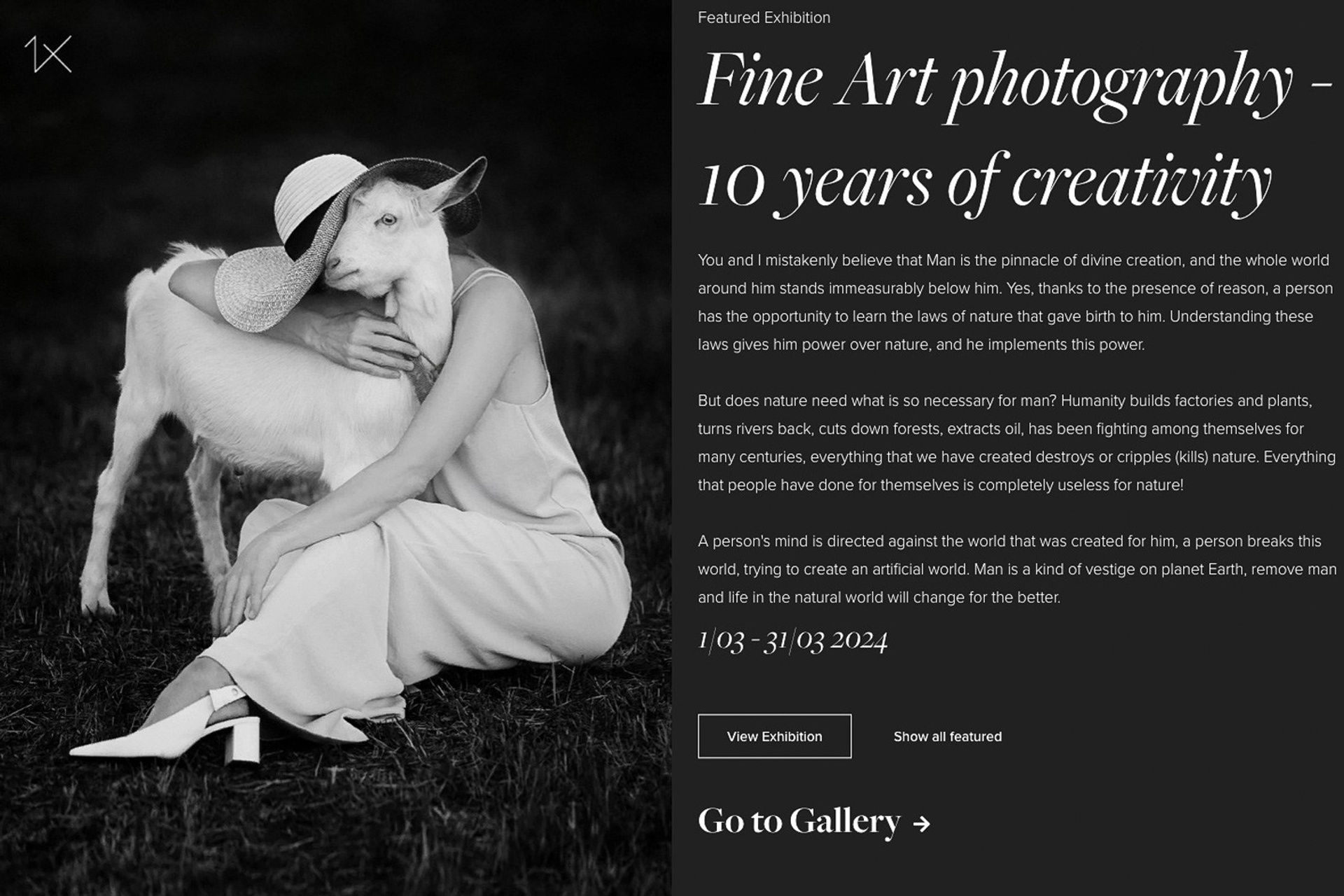
Избранная выставка — 10 лет творчества Михаила Потапова
